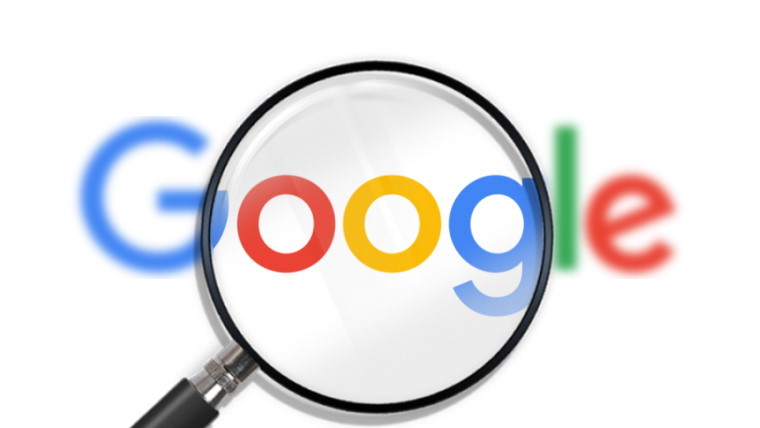_story.jpg)
It has been four weeks since the release of Google Chrome 100, which means that it is time for another version of the browser to land, in the form of Chrome 101. This release doesn't include a new logo (obviously) but is still a major update because it includes Google's first implementation of its Topics and FLEDGE APIs for ad personalization.
Google is trialing two privacy-preserving ad profiling mechanisms in Chrome 101. These are the Topics API and First Locally-Executed Decision over Groups Experiment (FLEDGE), both included in Google's Privacy Sandbox initiative.
For those who don't remember, Google killed off its Federated Learning of Cohorts (FLoC) experiment at the start of this year and pivoted to the Topics API for ad personalization in a privacy-preserving manner. Through Topics, your web browser will determine your top interests for the week based on your browsing activity. These interests will be stored locally on your device for a period of three weeks - after which they will be deleted - and will not be sent to any external server, even those belonging to Google. When you visit a website, only three topics belonging to you will be shared with the website and its ad partners. This will comprise of one topic from each week and no more. It's a tricky proposition that's under scrutiny from pretty much everyone.
The second ad profiling mechanism is FLEDGE, here's how Google describes its flow:
- A user visits an advertiser site
-
The user's browser is asked to add an interest group
-
The user visits a site that sells ad space
-
An ad auction is run in the browser
-
The seller and participating buyers receive realtime data from trusted servers
-
The winning ad is displayed
-
The auction result is reported
-
An ad click is reported
Both of these implementations are currently available as Origin trials up until version 104 of Chrome, which means that developers can build and test upon them until then.

Meanwhile, the features enabled by default in this release include a new sRGB color specification called Hue-Whiteness-Blackness (HWB), changes to the windowFeatures argument for ease of development, priority hints for resources relative to the browser, and alignment of specifications for dedicated workers between the Blink rendering engine used by Chromium and Gecko used by Firefox.
Moreover, the WebSQL database standard has been deprecated and removed. Mozilla never implemented it in Firefox and Apple's WebKit deprecated it back in 2019 too. With Chrome dropping support as well, developers have been encouraged to use Web Storage or Indexed Database instead. Similarly, a method is being introduced for developers to forget connected USB devices and other technical changes have been made to USB objects too.
The ability to increase the nesting level threshold for the setTimeout function to optimize page loads is now behind a developer trial, which means that it can be toggled with a flag. In the same vein, the clamping function for this can be removed through an Origin trial too.
Yet another capability in Origin trials in Chrome 101 is the Attribution Reporting API. Google describes it as follows:
This API measures ad conversions (e.g. purchases) and attributes them to ad interactions without using cross-site persistent identifiers like third-party cookies. The API allows measurement through both event-level reports sent directly from the browser, and aggregatable reports which can be processed through a trusted service to create summary reports of attribution data.
[...] Currently, the web ad industry measures conversions via identifiers they can associate across sites. These identifiers tie information about which ads were clicked to information about activity on the advertiser's site (the conversion). This allows advertisers to measure ROI, and for the entire ads ecosystem to understand how well ads perform. Since the ads industry today uses common identifiers across advertiser and publisher sites to track conversions, these common identifiers can be used to enable other forms of cross-site tracking. This doesn’t have to be the case, though, especially in cases where identifiers like third party cookies are either unavailable or undesirable. A new API surface can be added to the web platform to satisfy this use-case without them, in a way that provides better privacy to users.
_story.jpg)
Chrome 101 will start rolling out in the later hours of today. If it does not update to version 101 automatically for you throughout the course of the day, head over to Help > About Google Chrome to trigger the update once it becomes available. Next up is Chrome 102 which will hit the Beta channel on April 28, and will land on Stable on May 24.
Update: Google Chrome version 101.0.4951.41 is now rolling out.
_small.jpg)
_small.jpg)














0 Comments - Add comment